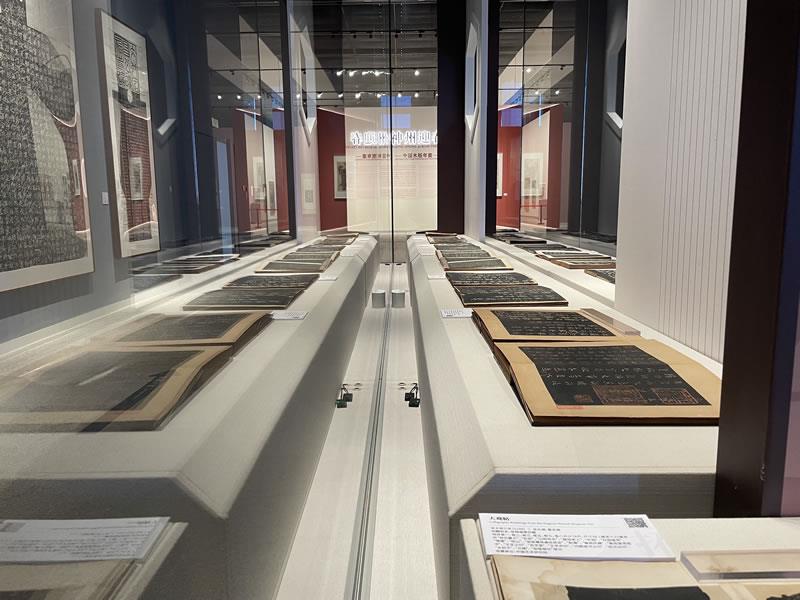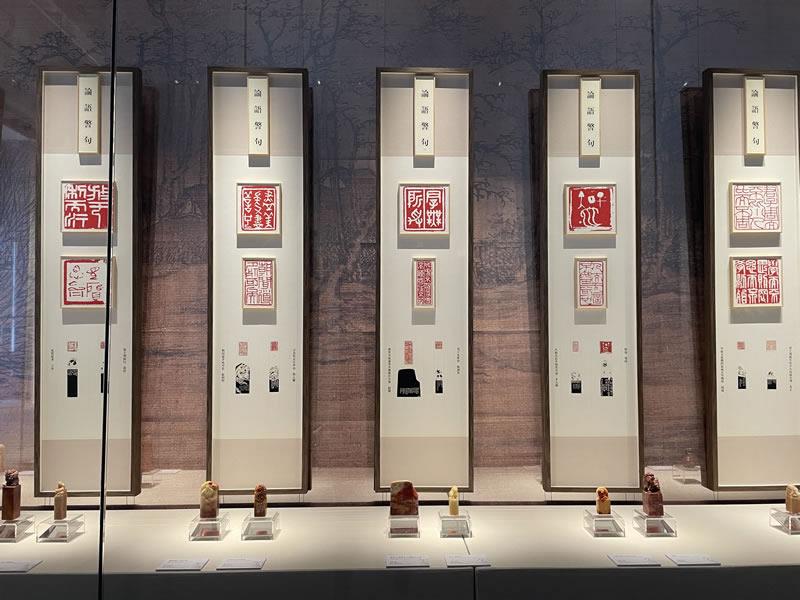Conveying Culture Through Objects — Engravings on Metal and Stone, Seal Catalogues and Calligraphy Rubbings
2022-02-05
From recording events through knotting ropes to observing natural forms, the ancestors of China created a unique script that stands out in world civilization.
Over thousands of years, developing from the seal script, clerical script, regular script to cursive script, Chinese calligraphy and seal engraving have become iconic representations of the country’s excellent traditional culture.
The abundant works, numerous renowned artists, long-standing heritage and extensive influence make them a grand spectacle in the history of Chinese cultural arts, exuding the unique fragrance of the Chinese culture.
Chinese calligraphy and seal engraving are listed on UNESCO’s Representative List of the Intangible Cultural Heritage of Humanity, symbolizing the enduring and continuous nature of the Chinese civilization.
Early Chinese characters were either written on cliffs, inscribed on oracle bones, engraved on metal and stone, or recorded on bamboo and silk, thus conveying culture through objects.
This includes ritual vessels in the Shang and Zhou dynasties (c. 16th century-256 BC), Warring States Period (475-221 BC) ancient seals, stone drum inscriptions, steles (panels of stone, clay or wood with writing) in the Qin (221-206 BC) and Han (206 BC-AD 220) dynasties, cliff carvings, portrait stones, bricks and tiles, and later tomb epitaphs, statues, scripture pillars and model calligraphy books. These various forms, with their complete system of metal and stone inscriptions, have played a significant role as key carriers of written language.

From the invention of rubbing techniques in the 6th century to the rise of epigraphy in the Song Dynasty (960-1279) and the appearance of seal catalogues, metal and stone culture has been widely inherited and promoted through rubbings and seal catalogues, becoming an invaluable and irreplaceable treasure in Chinese traditional cultural arts.
Whether in metal and stone engraving or rubbings and seal catalogues, they contribute to textual verification, revealing the evolution of characters, validating the differences in classics, correcting historical errors and supplementing missing records.
In terms of literature, they serve as the foundation of writing, providing material for literary forms and setting an example for generations. For art, they reflect the evolution of script styles, provide a model for calligraphic techniques, and trace the paths of aesthetics, thus inheriting the genes of Chinese culture and highlighting the brilliance of metal and stone culture.
The exhibition Conveying Culture Through Objects showcases works by 100 most representative contemporary seal engravers from China and abroad, featuring 100 seal engravings based on classic aphorisms from the traditional Chinese text in The Analects of Confucius.
It also includes precious collections of rubbings and seal catalogues from national-level institutions, demonstrating the significant role of traditional culture in contemporary cultural inheritance and construction, and boosting the cultural and artistic undertakings of socialism with Chinese characteristics in the new era.

 Whats On
Whats On  Whats On
Whats On 

